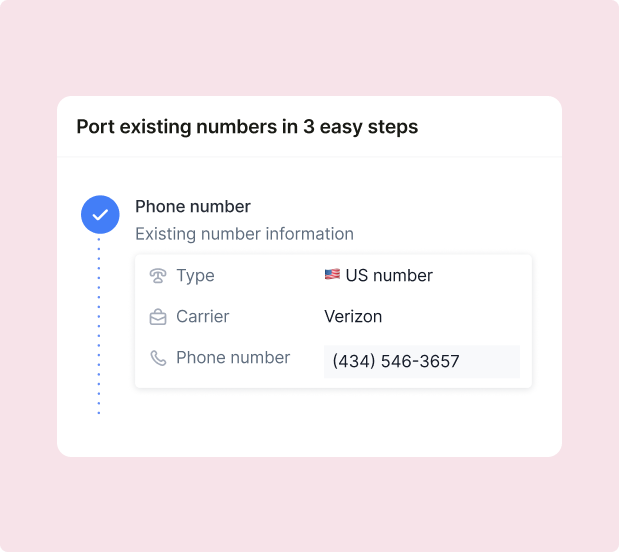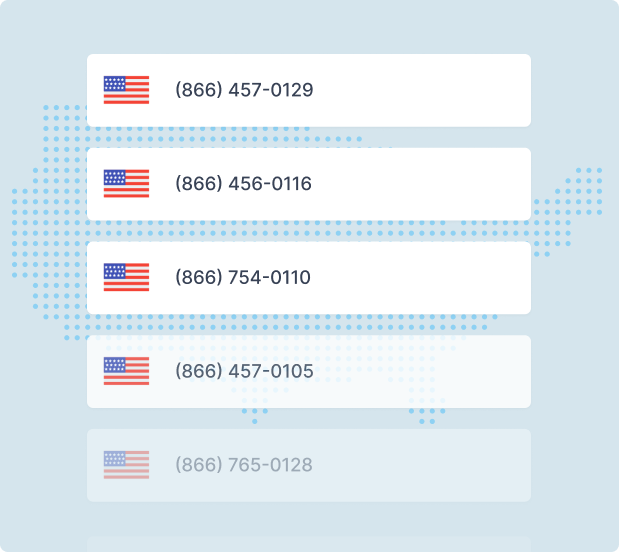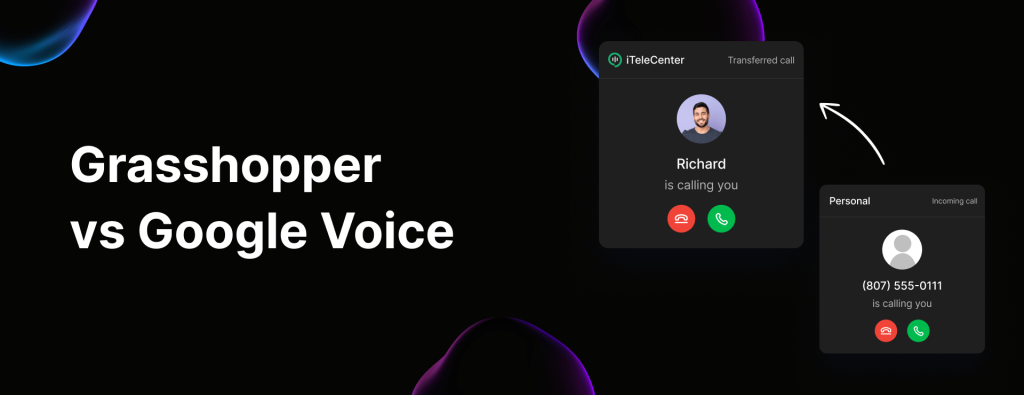What is phone number porting? how does number porting work?

“What is phone number porting?”
Ever wondered if it’s possible to switch your phone service provider without having to change your phone number? Well, the answer is YES, and it’s all thanks to a process called number porting.
A lot of people don’t realize that they can hang onto their old phone number even if they switch to a new provider. This goes for both business and personal cell phone numbers, landlines, and virtual numbers.
In this guide, we’ll walk you through the process of porting a number and answer some of the most common questions people have about it.
What is porting a phone number?
Phone number porting basically means transferring your existing phone number from one provider to another.
Phone number porting allows you to keep your phone number when switching providers, whether it’s for personal or business use.
What is porting a phone number – how do I port my number?
“How does number porting work?” – is something we get asked often.
Phone number porting is a pretty straightforward and simple process — here’s how it goes:
1. Find out if your number is eligible for porting
Check if your number is eligible for porting. Normally, you should be able to transfer your existing phone number to a new service without much trouble.
If the number is in your name, you can usually start the porting process on your own. But if it’s linked to a company account, you might need to reach out to the admin on that account for assistance in gathering all the necessary info to port out the number.
2. Inform your current provider know that you’ll be porting out
Give your current provider a heads-up that you’re planning to switch. Just reach out to their support team and inform them that you’ll be porting out your number to a new provider. At this stage, your current provider doesn’t need to take any action.
3. Forward the following information to your new service provider
To transfer your number to your new provider, you’ll need to send over some key information. Here’s what they’ll typically ask for:
- Your billing information and account details.
- If you’ve set a PIN on your account, don’t forget to include it.
- A Letter of Authorization (LOA) signed by you.
Additional details your new provider will need:
- The number of phone numbers you want to port.
- The type of number (e.g., local US, local Canada, toll-free/1-800).
- Whether the account is under your personal name or a business name.
- Details about your current provider.
- Providing all this info ensures a smooth transition to your new service provider.
4. Wait for your port date
Once you’ve initiated the porting process, all that’s left to do is wait for your new carrier to let you know when the switch will happen. Once it’s complete, you can go ahead and cancel your service with your old provider.
A quick heads-up: It’s IMPORTANT not to cancel your old service until after your number has been successfully ported. So, it’s best to hold off cancelling until everything’s finalized.
Porting timelines can vary depending on the provider, but in general, you can expect it to take anywhere from 3to 10 business days.
How long does porting a number take?
Here’s a breakdown of the estimated porting times for some popular providers:
1. iTeleCenter: US numbers take 3 to 6 business days to port to iTeleCenter
2. Verizon: Mobile numbers can be ported in 4 to 24 hours, while landlines take 2 to 5 business days.
3. AT&T: Mobile numbers normally take anywhere from few minutes to 5 business days, and landlines take 5 to 8 business days.
4. T-Mobile: Mobile numbers can be ported in as little as 10 minutes to 2 hours, while landlines take 3 to 10 days.
5. RingCentral: 15 to 30 business days.
6. Grasshopper: Up to 14 days.
7. Google Voice: 1-2 business hours.
Why do people port their number?

Individuals switch phone providers for a number of reasons. Here are a few of them:
They might be struggling with poor call quality. It’s frustrating, especially for business calls.
> Moving mobile numbers to a virtual phone service because they’re relocating overseas.
> Their current provider isn’t delivering the speed they need.
> The old service providers’ prices might be revised or it’s on the higher end.
> Maybe they want to stop carrying two cell phones and port one of those phone numbers to a virtual phone service.
> Switching from landline to a VoIP service for texting capabilities
> They are running a business that is growing and might need more phone lines or features. A new provider can offer options that can grow with the business.
What’s the difference between porting and call forwarding?
Call forwarding is a feature in business phone systems that redirects incoming calls to another phone number.
When you port your number, it stays the same, only the service provider changes. On the other hand, call forwarding is a temporary solution to reroute calls to a different number.
They both serve different purposes. If you’re looking to switch providers because of some issues, porting is the way to go. But if you simply need to redirect calls temporarily, call forwarding is the better choice.
Frequently asked questions
What exactly does port a number mean?
Porting a number means moving your current phone number from one service provider to another. Basically, when you switch to a new provider, you take your old number with you, making sure things continue as usual despite the change in service.
What does port-in mean?
Porting in means transferring your existing phone number from your old service provider to your new one. When you decide to make th switch, you request the transfer and give your new provider the information they need. They'll then handle the process of bringing your number over to their service.
What is number porting?
Number porting or phone number portability, is when you transfer your current phone number from one service provider to another. It's basically taking your old phone number with you when you switch to a new provider.
What information is required to transfer my phone number?
To transfer your number, you'll need to submit your billing details, account information, and a letter of authorization to your new provider to start the porting process. Additionally, you'll need to mention your current provider, the type of number (local or toll free) you wish to transfer and the total number of phone numbers you intend to port.
Can I port my toll free numbers?
Yes, you can port your toll-free numbers as well. You can also port cellphone numbers easily.
How do I check if my phone number has been ported?
Phone number portability check can be done by contacting your new service provider. Normally, service providers let you know via email or text when your new number has been successfully ported.
Can I port my phone number online?
Absolutely. You have the option to port your phone number online through the website or by reaching out to your service providers' customer support team. Simply request the team to initiate the porting process and follow the process to complete the steps.
How much does it cost to port a phone number?
Most companies don't charge fees for porting numbers, whether you're bringing your number in or transferring it out. However, some providers may have porting fees or early termination charges. Please check with your provider.
Will my old number still work while it's being transferred?
Yes. Your current service provider will ensure that your number stays active throughout the transfer process (as long as you don’t cancel it during the porting process).
You won't experience any disruptions and can keep using your phone as usual until the scheduled porting date.
What is a porting request?
A porting request is basically asking your new provider to transfer your number over to them.
Table of Contents
Test drive iTeleCenter for free
Try for free


